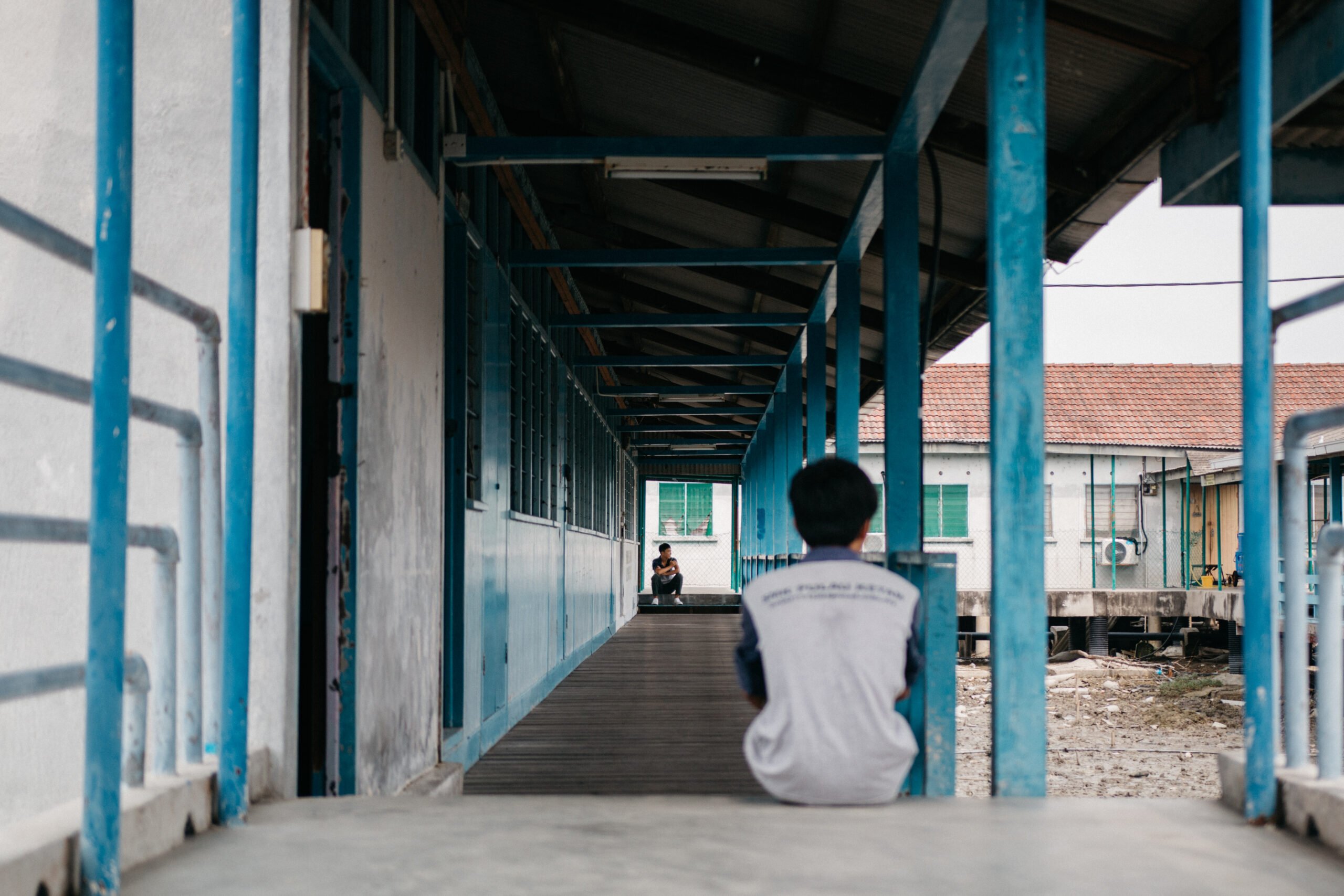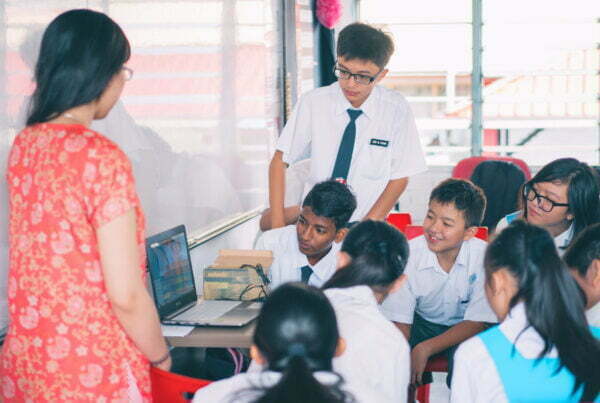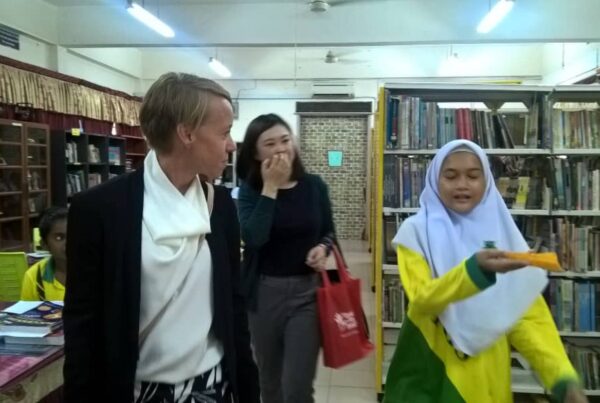In the last post, I wrote about some of the school-level issues that I saw while teaching in a school in Miri, Sarawak. It was a tough pill to swallow, but what was even harder was interacting with students day in and day out. I loved (and still love) my students, but sometimes, their situation made my heart feel very heavy.
MY STUDENTS MADE ME CHECK MY PRIVILEGE
My students truly opened my eyes to how unequal our educational experiences are. Here are some situations I encountered daily that showed me how much needs to be done to close the gap:
- There was the time where I told my students (who were from a better class), that they can dream and achieve anything they set their mind to. What I got in return was stunned silence, before a student laughed and said “Cikgu dari KL, memanglah cikgu cakap macam tu (You are from KL, of course you would say that)”. The rest of the class joined in the laughter. To prove my students wrong, I brought Sarawakians from renowned universities like Harvard and Cambridge to give talks in my classes. My students’ eyes opened in admiration; it was like a lightbulb was switched on. A student asked me not long after, “Can we really go to universities like Cambridge, teacher?” I smiled and nodded.
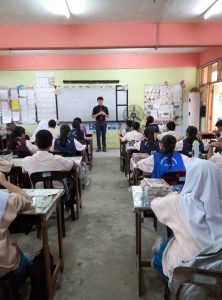
A volunteer who was studying at Cambridge University motivating students to reach for their dreams.
- One of my students, a sweet and helpful Form 1 boy was suspended for extorting money from his classmates. I found out that his father had left the family, which drove his mum to a depressed, non-functional state. They had minimal income from the mum’s inconsistent kuih business, and the boy often went hungry. Not only that, he was jealous of his classmates who were from richer families.
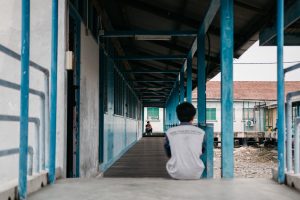
As some of us would have experienced personally, students who don’t fit the status quo become “unpopular” and are often ostracised by their peers. (picture for illustration purposes only)
- Another student of mine was bright and curious but ostracised by his classmates. They told me they found him rude and obnoxious. He often flew into a temper for no reason, which made teamwork difficult. I found out his dad also had quite the temper and his son was merely following in his footsteps without understanding the harm that can cause to his relationships. Luckily this student was very close to me, and I had the opportunity to advise him to be more empathetic and kind to his classmates. He thought it over and his attitude changed magnitudes after that.

When students are disinterested in conventional education, it doesn’t mean they don’t have strengths elsewhere. It is on educators, parents, and society that students find their strengths and pursue training in careers achievable to them. (picture for illustration purposes only)
- There was a time when a counsellor came in to share with one of my weaker Form 4 classes about the opportunity to transfer to a vocational school. To my surprise, nobody showed any interest. After he left, I asked the class, “Why don’t you consider vocational school, some of you are very good with your hands after all.” I watched their smiles drop and silence engulfed the class. “Our parents won’t allow it, teacher. They think that vocational schools are for stupid kids and going will ruin our future,” a student said sombrely, while other students nodded. My heart broke; these were students who were failing every subject in the conventional school system. At least transferring to a vocational school would give them a fighting chance in the working world. I was angry for a while but realised that ultimately their parents only thought this way because it was a message consistently reinforced by society.
- My weaker Form 4 class taught me the biggest lesson. I spent a few months quietly seething every time I entered this class because they could never sit still. One day I played a game of “2 truths 1 lie” with them, and learned so much in one game than I ever would in three months of teaching them. My best student in that class was a heavy drinker. A few of my students worked after school to support their families. Many came from single-parent households where they were constantly ignored. That day I went home and wept over the terrible prejudices I had held.
I came away from the Fellowship realising while my students and I live in the same country, we come from different worlds, due to a variety of socioeconomic and systemic factors that widen the gap between us.
FINAL THOUGHTS
Teach For Malaysia’s mission is to end education inequity but really, what is education inequity? Is it an easily solvable issue? The answer is no. So many different things contribute to this issue, not only in Malaysia but across the globe. It’s only if every one of us opens our eyes to the issue and takes action, that education inequity can be brought to an end.
My hope is that one day, every child in Malaysia, whether in the rural corners of Borneo or the international schools of KL, will have the same access to quality, world-class education. One day, every child will be able to read, write, and speak in major global languages. One day, our country will be led by these children, into a new era of knowledge, transparency, and growth. Let’s all do whatever small (or big) thing we can to make this “one day” happen in a future not too far away.


